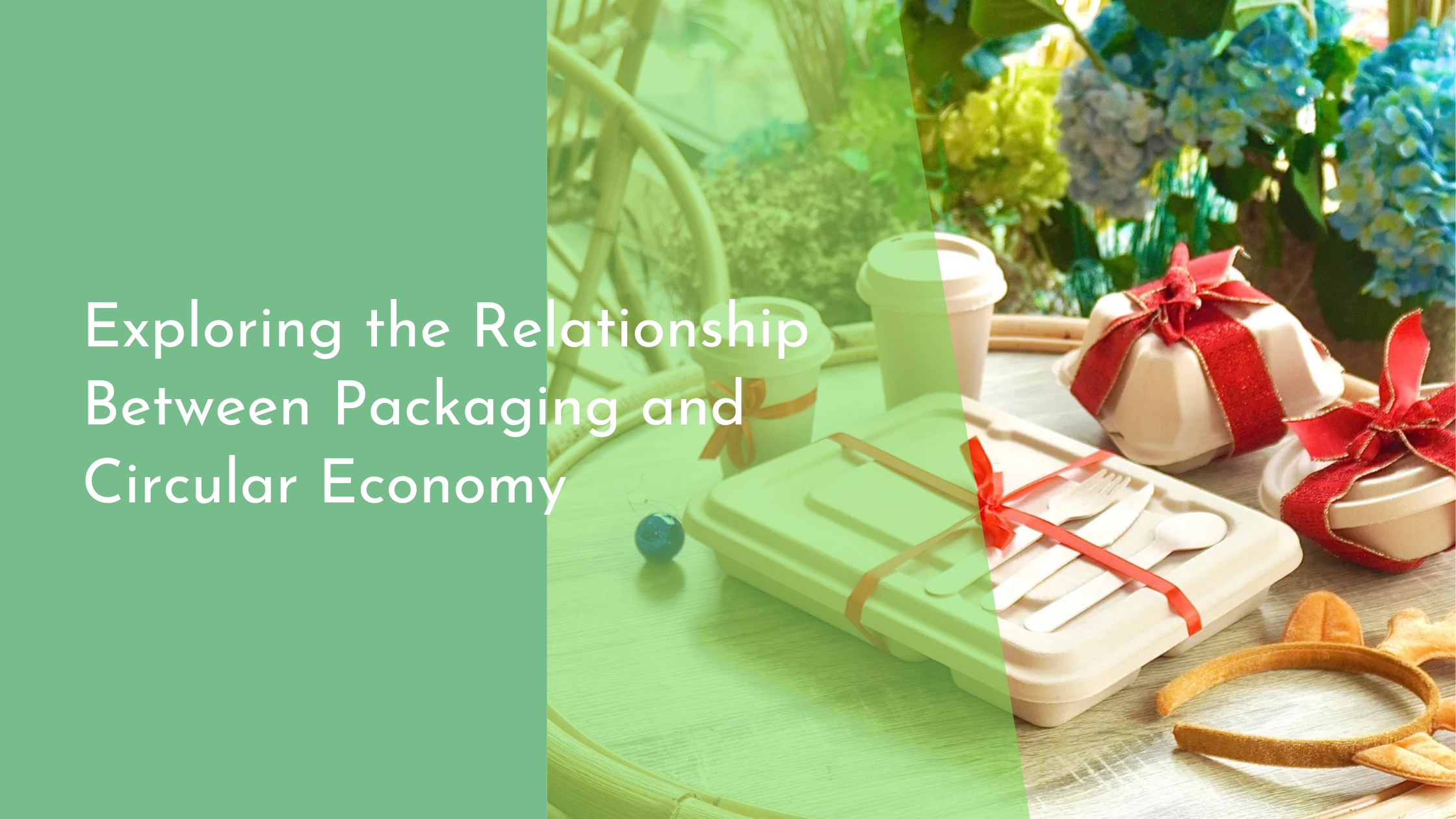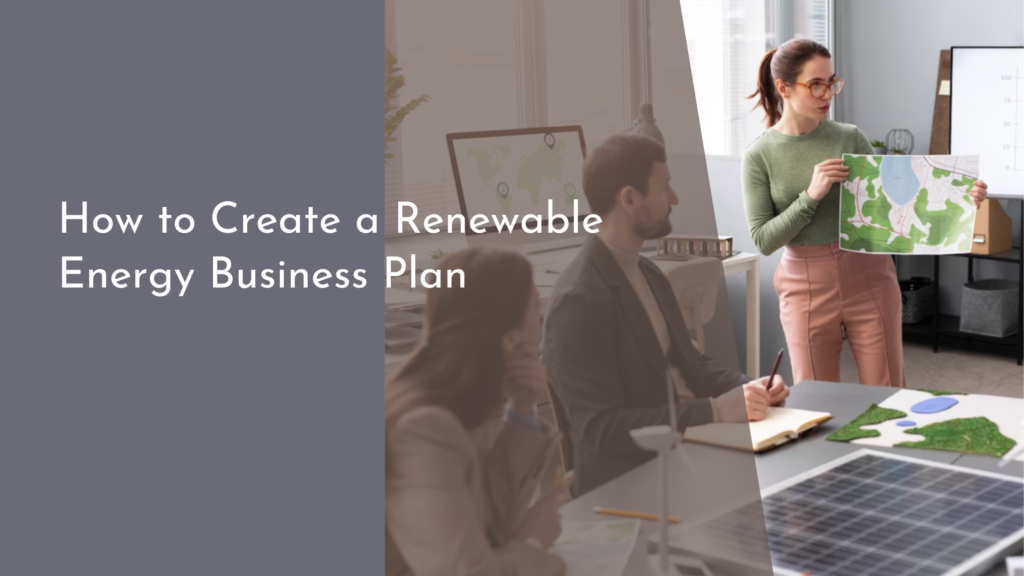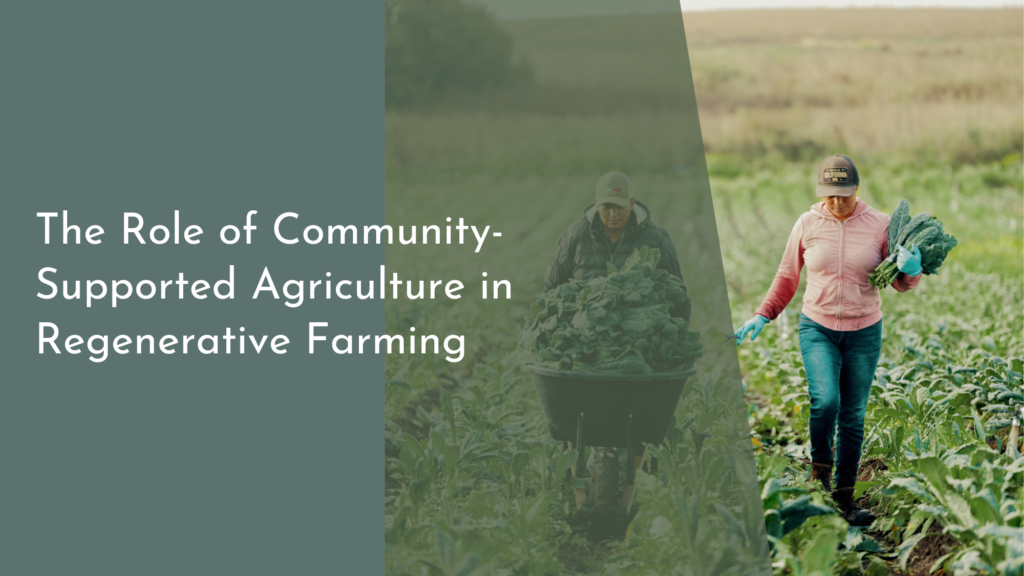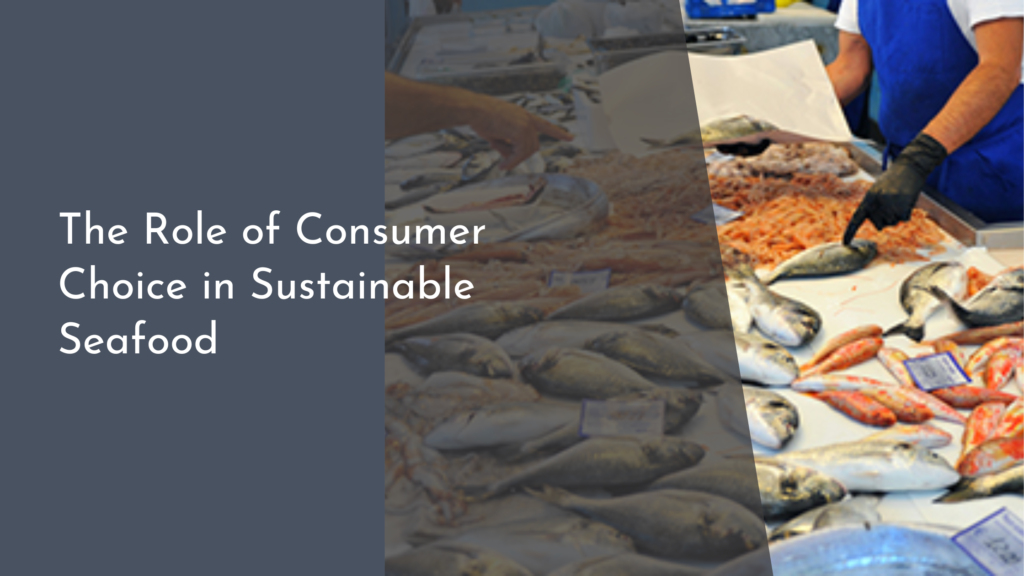Exploring the Relationship Between Packaging and Circular Economy
As environmental sustainability becomes a global priority, the intersection between packaging and the circular economy has emerged as a critical focal point. Traditional linear models of production and consumption, characterized by a ‘take, make, dispose’ approach, are increasingly giving way to more sustainable, circular practices. This shift not only addresses the growing environmental concerns but also presents opportunities for innovation and economic benefits. In this article, we will explore how packaging plays a vital role in sustainability, the key components of a circular economy, and how innovative packaging solutions are paving the way for a greener future.
Understanding Packaging’s Role in Sustainability
Packaging is often seen as a double-edged sword in the realm of sustainability. On one hand, it plays an essential role in protecting products, extending shelf life, and reducing waste during transportation. However, traditional packaging materials, particularly single-use plastics, contribute significantly to environmental pollution and resource depletion. This dual nature makes it imperative to rethink and redesign packaging to align with sustainable practices. By adopting materials that are biodegradable, recyclable, or reusable, companies can significantly reduce their environmental footprint while still meeting consumer needs.
Sustainable packaging is not just an environmental consideration but also an economic opportunity. With increasing consumer awareness and demand for eco-friendly products, businesses are incentivized to innovate in the packaging sector. By investing in sustainable packaging solutions, companies can differentiate themselves in the market, enhance brand loyalty, and potentially reduce costs through material efficiencies and waste reduction. Thus, sustainable packaging is a crucial component of the broader transition to a circular economy, aligning business objectives with environmental stewardship.
Key Elements of a Circular Economy Model
The circular economy model is based on the principles of designing out waste and pollution, keeping products and materials in use, and regenerating natural systems. This represents a fundamental shift from the linear economy, which focuses on a ‘take, make, dispose’ mindset. In a circular economy, products are designed for longevity, repairability, and recyclability, ensuring that resources are circulated within the economy for as long as possible. This not only conserves resources but also reduces the environmental impact of production and consumption.
One of the key elements of a circular economy is the closed-loop system, where waste is minimized, and materials are continuously cycled back into production processes. This requires collaboration across the entire supply chain, from raw material extraction to manufacturing, distribution, and post-consumer waste management. By embracing these principles, industries can reduce reliance on finite resources, decrease environmental degradation, and create sustainable economic growth. Packaging, as a ubiquitous element of nearly all products, is central to achieving these goals and facilitating the transition to a circular economy.
Innovative Packaging Solutions and Approaches
Innovation is at the heart of transforming packaging to support a circular economy. Recent advancements have led to the development of materials like bioplastics, which are derived from renewable sources and are often biodegradable. These materials offer a sustainable alternative to traditional plastics, reducing reliance on fossil fuels and minimizing environmental impact. Additionally, innovations in design, such as modular packaging systems, enable easier recycling and reuse, further supporting circular economy principles.
Another promising approach is the implementation of extended producer responsibility (EPR) schemes, where manufacturers are incentivized to consider the end-of-life impact of their products. By designing packaging that is easy to disassemble and recycle, companies can contribute to waste reduction and resource efficiency. Moreover, innovative business models, such as refillable and returnable packaging, provide practical solutions for reducing single-use packaging waste. These approaches not only help mitigate environmental challenges but also offer new opportunities for businesses to engage with environmentally conscious consumers.
Concluding Thoughts: Embracing a Circular Future
The evolution of packaging within the framework of a circular economy represents a significant opportunity to drive sustainability and economic resilience. By prioritizing the use of sustainable materials, innovative designs, and collaborative supply chain practices, industries can transition towards a more circular model of consumption. This shift not only addresses pressing environmental concerns but also creates new economic opportunities and fosters a more sustainable and equitable future.
In conclusion, the relationship between packaging and the circular economy is a vital area of focus for achieving sustainability goals. By reimagining packaging through the lens of circular economy principles, businesses can reduce environmental impact, meet consumer demands, and build a more sustainable future. As more companies and consumers embrace these innovations, the transition to a circular economy will continue to gain momentum, paving the way for a healthier planet and a prosperous society. Embracing this change with open arms and a cheerful outlook can inspire even greater innovation and collaboration for the benefit of all.




